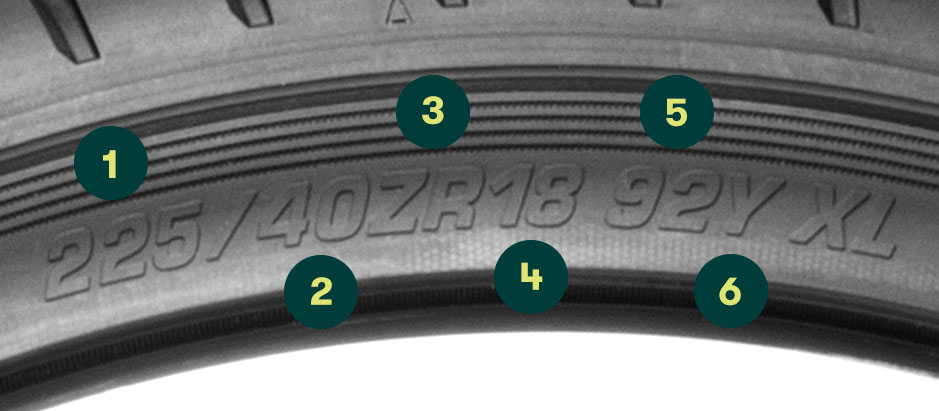Tyre age

Tyre age
Tyres are fit for sale for up to 5 years after their production date. Even though they may still appear safe beyond this period, it’s recommended to replace tyres between 6 and 10 years old, as UV exposure can cause the rubber to become brittle over time.
If you don’t know the age of your tyre, each one will display a DOT (Department of Transport) code on its sidewall, which reveals its production date:
The first two digits represent the month, and the last two digits indicate the year of manufacture.
Low-mileage older cars tend to be more susceptible to premature tyre ageing, and the best method of ensuring their longevity is to use them. Don’t just rely on the amount of tread remaining, as while they may look good, they still may not be roadworthy. If in doubt, you can identify ageing in any stored tyres by looking for cracks on the inside or outside of the sidewall.
Tyres in storage should be stored in a temperature-controlled environment away from direct sunlight and chemicals to ensure their longevity. If you are ever uncertain about the age or safety of your tyres, have them inspected by a qualified tyre expert to ensure their roadworthiness.
Tyre Range